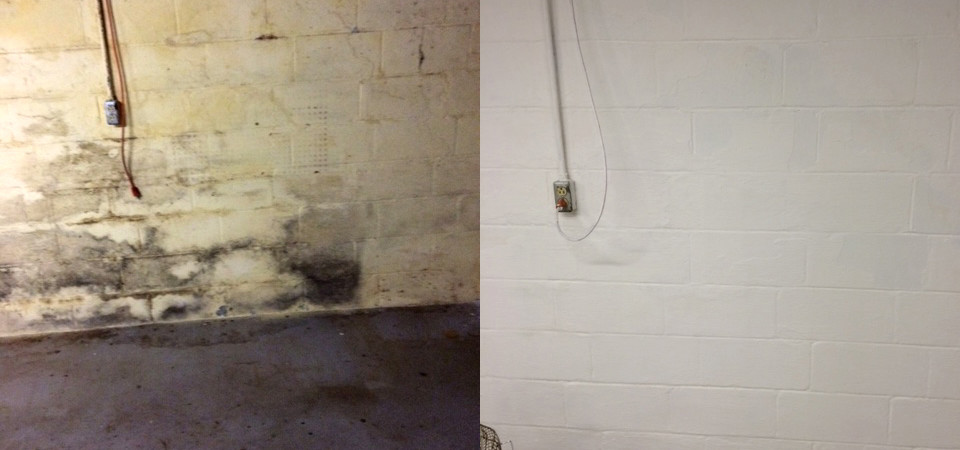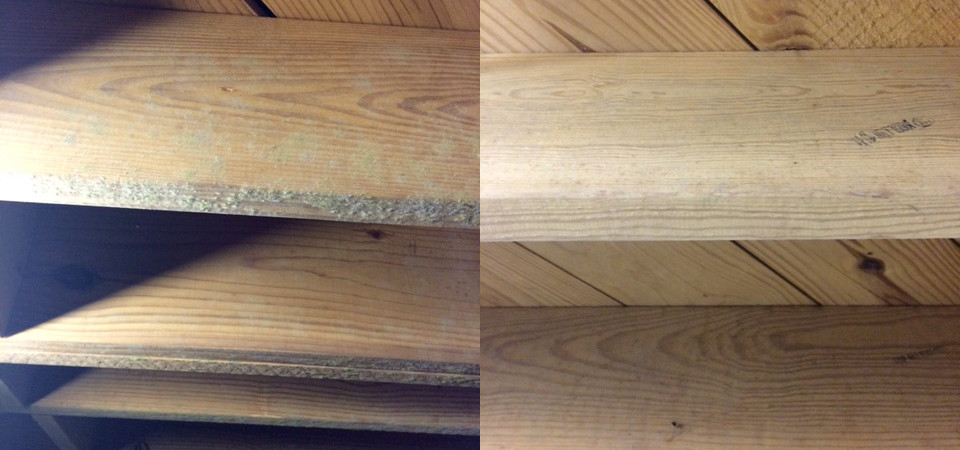Memphis Mold Inspector was recently engaged by a client who had a rare basement situation, in the Mid-South area. The house had been unoccupied for quite some time and remained completely closed up with no air flow or ventilation. The basement had obvious microbial growth on the walls that were significantly below the grade line. Additionally, exposed rafters with a greenish growth were found. In an effort to identify what type of growth was present Memphis Mold Inspector collected Tape-Lifts and Air-O-Cell tests. The results were expedited and delivered within a 24 hour timeline. The results revealed that the air, walls and rafters were polluted with large amounts of Aspergillus/Penicillium mold, and although not a toxic black mold, the sheer amounts dictated some type of remediation needed to be performed. Subsequently, a toxic Trichoderma mold was detected in great numbers on the walls of the basement and immediate action for removal was necessary.

Our first step in the remediation process was to add containment barriers so the rest of the home and duct work would remain isolated and uncontaminated from the basement area.
Step two involved setting air scrubbers in the area to pull airborne particles for the air.
In the third step a peroxide based treatment was applied to all affected areas by technicians covered with full personal protection equipment (PPE). This is a very dangerous treatment and should be handled by professional remediation technicians only.
Step four then took place with the technicians HEPA vacuuming all the surfaces while wearing backpack type vacuums. This pulls mold and its roots from surfaces here it can then be properly disposed.
Step five consisted of wiping down all surfaces with an Antimicrobial product, a general clean-up and mopping the concrete floor with a mold eliminating Pine Sol.
Step six was a treatment of all the homes interior, attic, living spaces, basement and ductwork with hydroxyl generators to make any remaining mold non-viable and in essence only dirt.

The seventh step involved a fogging of the entire home (attic, living area and basement) with a antimicrobial (BioZone) that will help defeat molds, bacteria, viruses, odors and pathogens for up to a six month period and even longer.
Step eight was to apply a moisture barrier type paint that will keep moisture from accumulating on the inside basement walls.
The ninth and final step was to add a Best Living Systems BLS12K air purifying system by Memphis Mold Inspector to insure another layer of protection and keep the basement a first class Indoor Air Quality (IAQ) environment.